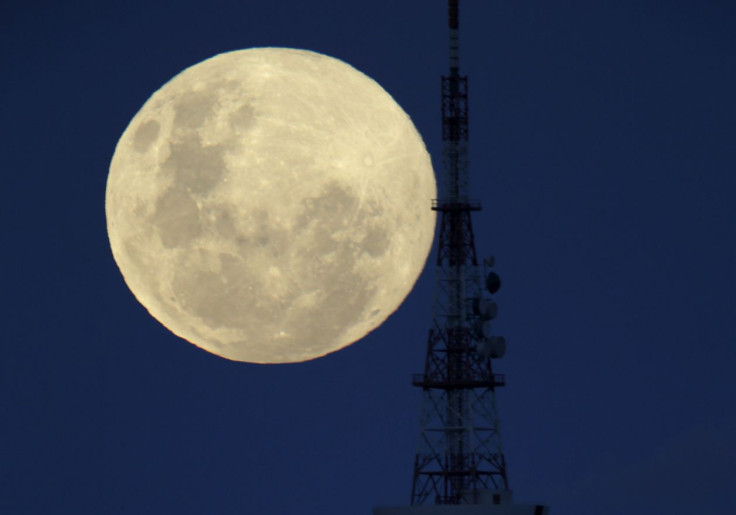Australians to get a prime view of Blue Moon 2018

Australians will have a chance to get a prime view of a rare moon that is yet to appear again after more than 150 years. It is commonly called the blue moon, and it will be a total eclipse that will involve the second full moon of the month.
On January 31, the full moon will be a blue moon, not just super. It occurs every two and a half years, hence the phrase “once in a blue moon.”
The Earth will be in between the Sun and the moon. The sunlight has to pass through the Earth’s atmosphere, which scatters the green to violet light. The moon, therefore, appears red. Some also perceive it as a blood moon.
In this case, a blue moon is called as such not because of its colour but because of the timing. Normally, there are 12 full moons per year, with a 13th “blue moon” showing up on average every two to three years.
According to Space.com, the skywatching event will take place in the middle of the night. Most of Australia will get a fine view of the event in the night sky. The Pacific Ocean will reportedly be turned toward the moon. Areas that will get a fine view are central and eastern Asia, including New Zealand. NASA’s lunar eclipse chart provides information about where to catch the best view of the lunar eclipse.
A live stream of the eclipse can be watched through The Virtual Telescope Project or through the robotic telescope streaming service Slooh. This means people living outside Australia or in other countries getting a prime view of the blue moon will still be able to catch the rare sighting and include it on their to-do list for 2018.
Once in a blue moon
This event in the nighttime sky has not happened for over 150 years. After the January 2018 event, a Blue Moon will pass through the Earth's umbra on 2028, and after that in 2037. These eclipses will be total.
It was more than 150 years ago when all three events lined up perfectly. The combination of a blue moon and an eclipse does not usually happen. The Canon of Lunar Eclipses stated that the last time humans have witnessed a total eclipse of a blue moon was on March 31, 1866.






